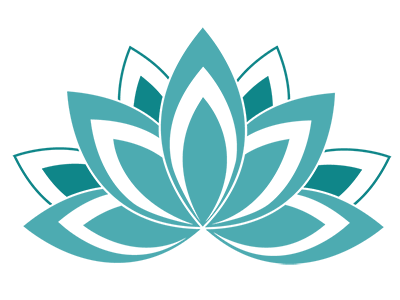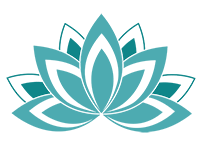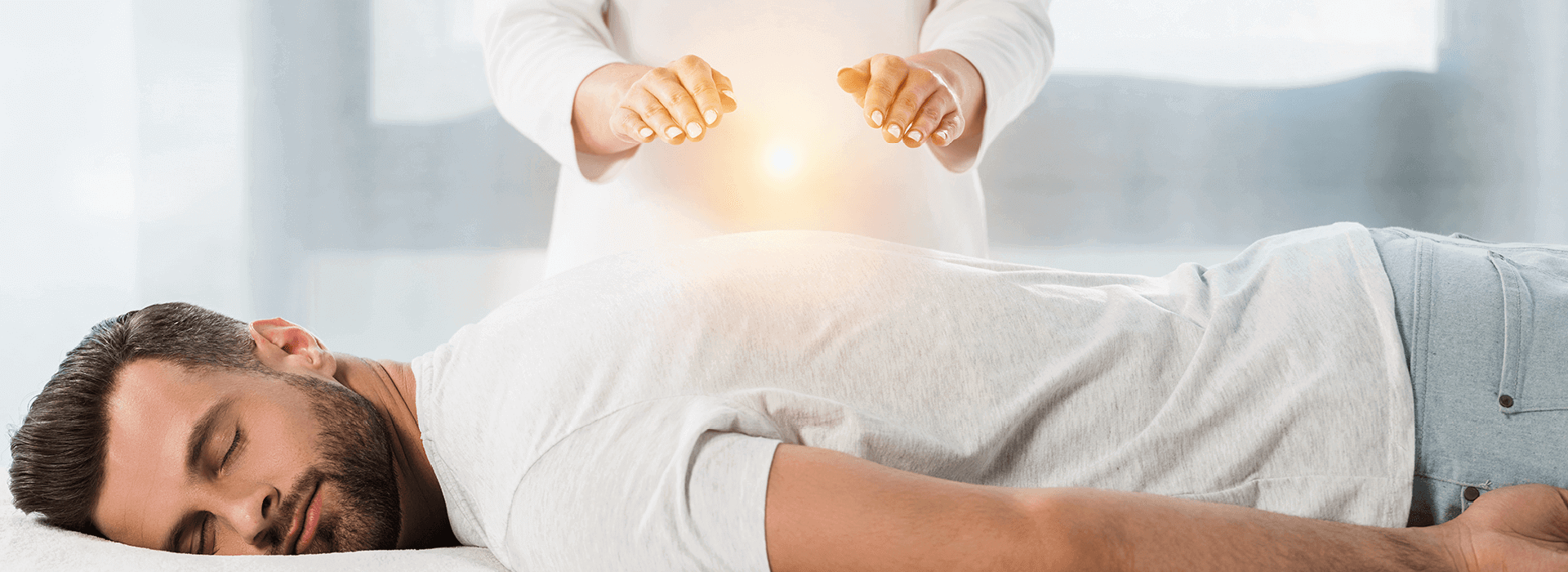REIKI TEACHERS
There are now quite a number of Reiki paths and schools in the world. Each school chooses how to teach its students, what practices to use, how to initiate and how to divide this training into several stages. Although there are many schools and movements, they all have the same goal: the wider use of this wonderful universal vital energy.
However, we, the authors of this project, after a long period of interest, research and testing, have chosen a new Reiki system and methodology: Usui / Holy Fire® III Reiki Ryoho, pioneered by the founder of the International Reiki Training Centre, the renowned Reiki Master Teacher William Lee Rand.
In our system, in order to preserve the integrity of knowledge and the continuity of the transmission of the practices, each teacher introduces his/her students to the teachers of his/her lineage. And each new step learned and mastered by the student is certified after initiation (initiation* or ignition*), with the teacher who imparted the knowledge and who performed the initiation.
In keeping with tradition, we present our teachers to you. People without whom we would not have found Reiki and all the benefits of this system.
Mikao Usui (1865-1926)
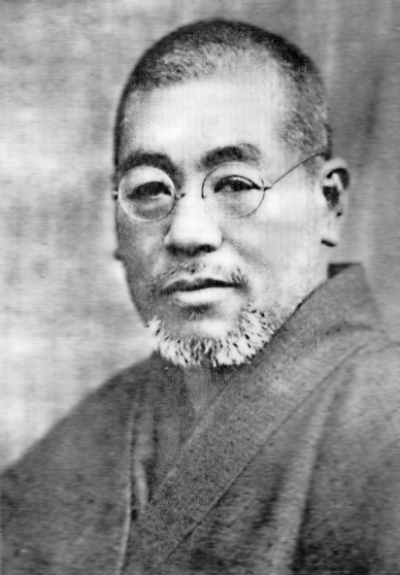 The founder of the Reiki system, born on 15 August 1865 in Miyama-Tio village, Yamagata district, Gifu Prefecture. From the age of 12, Mikao Usui practised martial arts in earnest, and by the age of 25 he had achieved great heights in this field. His knowledge of medicine, psychology, religious studies, the "art" of prophecy and the Eastern martial arts has been profound and all-encompassing.
The founder of the Reiki system, born on 15 August 1865 in Miyama-Tio village, Yamagata district, Gifu Prefecture. From the age of 12, Mikao Usui practised martial arts in earnest, and by the age of 25 he had achieved great heights in this field. His knowledge of medicine, psychology, religious studies, the "art" of prophecy and the Eastern martial arts has been profound and all-encompassing.
The Reiki system combines many of the principles and traditions of Eastern medicine, the five element theory, Taoist, Buddhist and Shinto practices. Mikao Usui has studied and travelled extensively throughout his life. He tested himself in many fields of human endeavour before developing and justifying his system.
But there came a time when his luck turned against him, his wife became seriously ill, and Mikao Usui went in search of the meaning of life. Like most, he was plagued by the question: "How did Jesus heal people with his hands, and can anyone do it?" To answer this and other questions, Mikao Usui began to study ancient manuscripts, where he hoped to find answers. His search led him to America. There, at the University of Chicago, he began studying theology and earned a doctorate in theology. But he did not find what he was looking for in the Christian Scriptures. Then he returned to the East and continued his search in the ancient scriptures of China and India. He even learned Sanskrit so that he could read the original ancient texts. Further searches led him to Tibet, where he finally found answers, but only to part of his questions. The earliest manuscripts mention that a person can heal with his hands. It even describes how to do it. These writings contain some formulas and symbols which, one would think, were the answer to Mikao's questions, but the most important thing was not there - how to use it all.
On his return to Japan, Mikao Usui told the head of the monastery in Kyoto, where he was living at the time, about his discoveries, and the head advised him to make a pilgrimage to the holy places and to meditate so that God would help him to find the answers to his questions. Mikao Usui went to the holy mountain of Kuriyama, taking only water with him. When he reached the top of the mountain, he placed 21 stones in front of him and began to meditate. Every day he threw one stone away. The morning of the 21st day dawned, but there was no epiphany or enlightenment. Mikao Usui was coming to terms with the idea that he would never get an answer to his question about how Jesus heale, when he saw a beam of light coming straight at him. For the first few seconds, Mikao Usui wanted to avoid colliding with the beam, to dodge, but after a moment he thought that maybe that was what he was waiting for. The beam struck him directly in the third eye area and Mikao lost consciousness. Before his eyes flashed the multi-coloured circles and golden symbols he had seen in ancient manuscripts. This was the beginning of the rebirth of Mikao Usui's Reiki system.
Chujiro Hayashi (1880-1940)
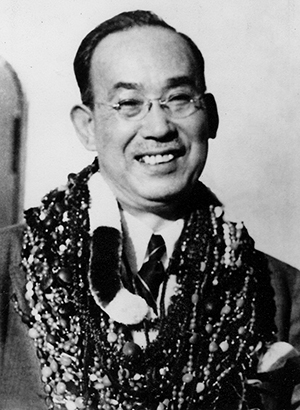 One of Mikao Usui's students was Chujiro Hayashi, a naval officer who resigned at the age of 45 but was still in the reserve. He became a Reiki Master and opened his own Reiki clinic in Tokyo. Hayashi received the highest level of Reiki training from Dr Usui in 1925 and became his follower at the age of 47.
One of Mikao Usui's students was Chujiro Hayashi, a naval officer who resigned at the age of 45 but was still in the reserve. He became a Reiki Master and opened his own Reiki clinic in Tokyo. Hayashi received the highest level of Reiki training from Dr Usui in 1925 and became his follower at the age of 47.
Chujiro Hayashi trained and prepared sixteen Reiki Masters during his lifetime. One of the most remarkable features of his character was that he was a very strict man, and most of his students could not endure this strictness. If the students started to talk during a treatment session or training, he would simply kick them out. Hayashi's clinic was very popular. Many people who came to the clinic got well and got rid of health problems and suffering. The clinic had a team of Reiki practitioners. One patient was treated by a team of three to five practitioners in an inpatient ward until full recovery.
The Reiki Clinic in Tokyo was available for both treatment and education. Patients lived at the clinic during treatment. And for those patients who could not come to the clinic, the Reiki healers visited them at home.
Chujiro Hayashi was a physician and he identified and developed the medical aspect of the Reiki tradition. As a healer, he formalised the Reiki sessions, systematised the positions, "adding logic to the Reiki system".
At that time, World War II broke out and Hayashi, a naval officer, had to return to the army. Because of his spiritual convictions, he could not take part in the fighting, and he foresaw that the consequences of the war would be very serious: Japan could be destroyed, and there would be no more Reiki Masters. So, in order to preserve the knowledge of Reiki, he decided to transmit it abroad. Hayashi's clinic was destroyed during World War II, but some of Chujiro Hayashi's relatives and students survived. The Reiki system continued to develop. A number of Reiki schools appeared in Japan. According to the old tradition, even today, foreigners and Japanese citizens who live abroad are not allowed to acquire Reiki knowledge, but all can be treated.
Hawayo Takata (1900-1980)
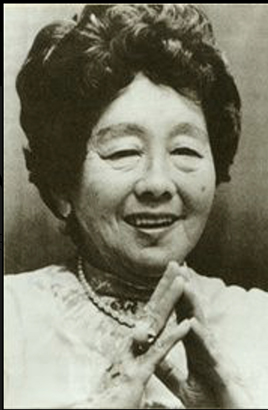 Hawayo Takata was born on December 24, 1900, into a family of pineapple cutters in Honolulu, Kauai. Her small stature and slight build prevented her from working on the plantations. So, while still in school, she started working as a seller of sparkling water and helping to teach children. After leaving school, she worked as a domestic servant for a large and wealthy planter, and later as a housekeeper and bookkeeper for 24 years, which was considered quite a prestigious job at the time.
Hawayo Takata was born on December 24, 1900, into a family of pineapple cutters in Honolulu, Kauai. Her small stature and slight build prevented her from working on the plantations. So, while still in school, she started working as a seller of sparkling water and helping to teach children. After leaving school, she worked as a domestic servant for a large and wealthy planter, and later as a housekeeper and bookkeeper for 24 years, which was considered quite a prestigious job at the time.
She was married to a plantation accountant, Saichev Takata. They had two children and their marriage was considered a happy one.
However, after a heart attack, Saichev Takata died at the age of 32. Widowed with two young daughters, Hawayo Takata was under severe nervous stress and developed serious physical problems. She developed a gall bladder disease that necessitated surgery, and respiratory problems prevented the use of anaesthesia. Her health continued to deteriorate and the operation could no longer be postponed, but it could also have been fatal. After her sister's death in 1935, Hawayo went to report personally to her parents, who had moved to Tokyo.
On her arrival in Japan, she was admitted to Maedo Hospital in Akasaka. After a few weeks in the hospital, she was scheduled for surgery. Diagnosis: appendicitis, cancer and gallstones. The night before the operation, an inner voice said to her: "Surgery is not necessary". The next morning, she heard the voice again, lying on the operating table as she was being prepared for anaesthesia, and she asked the surgeon if there was any other way to get well again. The surgeon told her: "Yes, if you can stay longer in Japan...", and told her about the Reiki treatment practised at the Chujiro Hayashi clinic. Hawayo decided to try Reiki. The surgeon's sister, who had been healed by this method and who had studied with Hayashi, took Hawayo to Dr Hayashi's clinic.
In 1935, Hawayo Takata came to Chujiro Hayashi's clinic, Shina No Machi, for treatment. Hawayo spent four months as a patient at the clinic. Her body, soul and mind were completely healed. She asked to be taught Reiki, but was initially refused, not because she was a woman, but because she was a foreigner. At that time, Hayashi was not yet ready to share her knowledge of Reiki with the outside world. But a surgeon at Maedo Hospital persuaded Hayashi to change her mind. In the spring of 1936, Hawayo was initiated into the first stage of Reiki. She worked in the clinic with a group of doctors. In 1937, she reached the second stage of Reiki and then returned to Hawaii. She spent two years in Japan.
In Kapaa, Hawaii, Takata set up her own Reiki clinic, which became very popular. To protect herself from the authorities, she obtained a licence for therapeutic massage. In the winter of 1938, Chujiro Hayashi visited Takata in Hawaii. He prepared Takata for the Reiki Master stage, and on February 22, 1938, Chujiro Hayashi proclaimed Hawayo Takata Reiki Master Teacher. Hayashi demanded payment, and strongly advised Takata not to share Reiki basics and knowledge without payment for tuition. In 1939, Takata established a second Reiki Healing Centre and continued her healing activities, helping people who needed her help.
In her notes, Takata gives a very interesting account of her first encounter with Reiki. She recalls that when she was treated by a group of five people, they all wore white robes with long sleeves and large pockets. She kept thinking that they had some kind of electrical devices in their hands and that they had batteries or accumulators hidden in their pockets. One day she decided to check her suspicions, touched the gowns and asked: "Where are you hiding these devices you use to keep me warm?" She was surprised to be shown empty hands and empty pockets. From that day on, Hawayo Takata was filled with a deep respect and trust for the Reiki system.
In 1941, waking up in the morning, Takata saw Hayashi's phantom standing at the foot of her bed and knew that the teacher was calling her, so she boarded the first ship and left for Tokyo. Chujiro told her of his fears about his involvement in the war and appointed her as his successor. For several days he passed on all his knowledge to Takata. After the training, on 10 May 1941, Hayashi gathered all his disciples and relatives, said goodbye to them, and then went to his room, sat in a meditation posture, and voluntarily left his body. Hawayo Takata returned to Hawaii and became a practicing Reiki Master.
In her Reiki clinics, when she encountered seriously ill patients in need of long-term treatment, she taught the relatives of the patients the basics of Reiki so that they could continue their treatment. If the patient was strong enough, he or she would be trained, undergoing a training course. Takata taught Reiki based on history and specific examples. Taking notes was forbidden during the classes, and each lesson was different from the last. Even the treatment positions were different each time. Sometimes she started with the head, sometimes with the middle of the body or the feet. Her teachings varied according to her level of Reiki knowledge. And all the masters she taught were trained differently. There were no similarities or uniform methods.
Takata charged her students and even family members for their training. She was convinced that this was simply necessary for people, that it was a fair exchange: those who don't pay for knowledge and training can't appreciate what they have learned and can't use Reiki correctly. She was more than convinced that those who do not pay for education cannot succeed in life or business, let alone in healing others.
Hawayo Takata became the pioneer of the Western branch of Reiki. With a pure and open heart, she gave humanity a tradition whose power and simplicity have made it one of the most widespread healing practices in the world. Takata travelled the world, initiated 22 Masters, and before her death appointed her granddaughter, Filis Lej Furumoto, still an active Grand Master of the tradition, as her successor. In 1980, shortly after Filis became a Reiki Master, Mrs Takata left this world.
Usui Reiki Teachers Lineage
How to understand Reiki energy?
To book a Reiki session - simply click on the button below and fill in the information requested in the form that appears: choose your preferred Reiki Master Practitioner, choose the method of payment that suits you, describe the purpose of the Reiki session (intention, problem or request), the desired time and number of sessions, and your name, city and email address. After completing the form, you will receive a confirmation email with further instructions to the email address you have provided.
If you want to learn how to use Reiki energy on your own - register for our school training and learn and master this system step by step in a systematic and methodical way! You can open the door to your new possibilities NOW!
Book a Reiki Session
To book a Reiki session with the Master Practitioners, simply click on the button below and follow the instructions: choose the Master Practitioner, the method of payment and the purpose of the session.
Register for the training
If you are interested in the possibilities of using this universal life energy and are ready to learn, we invite you to register for our Usui / Holy Fire® III Reiki Ryoho System training.
